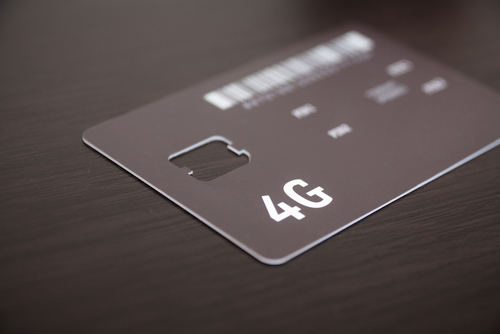GSMA: A Third Of The World Will Be Covered By 4G In 2015

Industry body GSMA says 4G is one of fastest technology adoptions ever
A third of the world’s population will be able to receive 4G by the end of this year as more LTE networks go live, according to the GSMA.
The mobile industry body also expects the number of LTE connections to rise from 490 million to 875 million by the end of 2015, accounting for 12 percent of the global total. So far, 360 4G networks have launched since the first service went operational in December 2009, according to the GSA.
Eventually, the GSMA predicts 30 percent of all mobile devices will be connected to 4G by 2020 and that LTE will cover 63 percent of the global population by the end of the decade.
4G growth
 “The rapid growth in 4G network deployments and connections, alongside expanding coverage reach, has made the move to 4G one of the fastest network technology migrations ever seen,” says Hyunmi Yang, Chief Strategy Officer at the GSMA.
“The rapid growth in 4G network deployments and connections, alongside expanding coverage reach, has made the move to 4G one of the fastest network technology migrations ever seen,” says Hyunmi Yang, Chief Strategy Officer at the GSMA.
“There is a tipping point we typically see when 4G grows to account for more than 20 per cent of a market that drives adoption of new services. This 20 per cent threshold has already been reached in some markets, and is forecast to happen by 2017-18 on a global basis, which will have a huge transformational impact.”
Europe has 108 4G networks, the most of any continent, but has just 69 million connections. This accounts for ten percent of all connections and 14 percent of global 4G users. North America accounts for 32 percent of all 4G users while Asia-Pacific has 47 percent – although just 6 percent of all connections in the region are 4G.
South Korea is currently the most advanced mobile nation in the world with two thirds of mobile connections using 4G, but China is set to overtake the US as the country with the most 4G users, with 300 million by the end of 2015.
Smartphone domination
Previous GSMA research has suggested that increased availability of LTE and low cost smartphones will see smartphones account for two thirds of the world mobile market by 2020 with six billion smart devices in circulation.
The GSMA says cheaper handsets, included operator branded ones, will increase smartphone penetration in Asia, Africa and Latin America, as will the ongoing rollout of 4G services. However the industry body warns that this is dependent on governments making sure enough spectrum is made available for LTE and not taxing smartphones excessively.
For many people in these countries, the lack of fixed broadband means smartphones will be the main way of accessing the Internet. Android devices are immensely popular, but Mozilla has launched its own web-based operating system Firefox OS in a bid to reduce the cost of developing a smartphone and creating apps so more people can get online.
What do you know about UK mobile operators? Find out with our quiz!